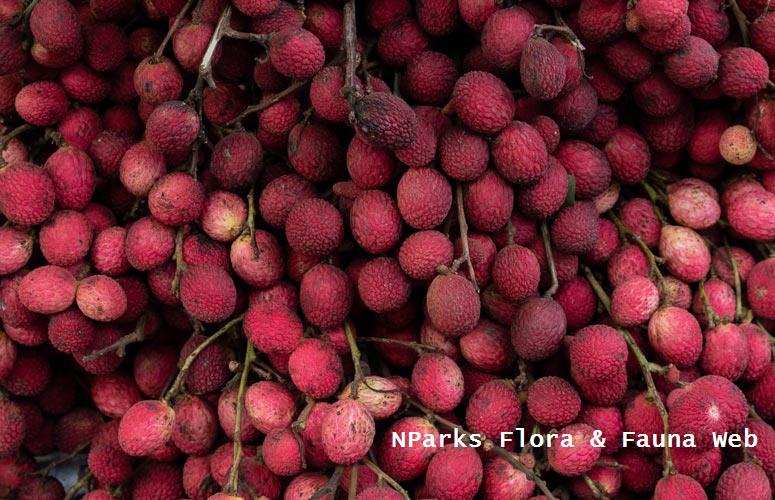
Name
Classifications and Characteristics
| Plant Division | Angiosperms (Flowering Seed Plants) |
|---|---|
| Plant Growth Form | Tree |
| Lifespan (in Singapore) | Perennial |
| Mode of Nutrition | Autotrophic |
| Maximum Height | 40 m |
Biogeography
| Native Distribution | Sumatra, Peninsular Malaysia, Singapore, and Borneo |
|---|---|
| Native Habitat | Terrestrial |
| Preferred Climate Zone | Tropical |
| Local Conservation Status | Native to Singapore (Critically Endangered (CR)) |
Description and Ethnobotany
| Growth Form | It is a tree up to 40 m tall and 90 cm diameter. Trunk sometimes with buttress up to 1.4m tall. |
|---|---|
| Foliage | Leaves are compound, spirally arranged and have 1 – 5 leaflets. Each leaflet is about 6 – 22 cm long and 3 – 9 cm wide. |
| Flowers | Inflorescence occurs at the leaf axils or ends. |
| Fruit | Fruit is reddish brown, ellipsoid to subglobular (2 – 2.75 cm long and 1.25 - 1.75 cm wide) with a short stipe (0.2cm long) and hook-like remnant stipe above it. Fruit is variably warty. |
| Habitat | It grows in swamp forests and along river banks of lowland forests. |
| Associated Fauna | Its flowers are insect-pollinated. |
| Etymology | Greek nephilion, little cloud. The specific epithet is named after A.C. Maingay (1836-1869), a british physician and plant collector. |
Landscaping Features
| Landscape Uses | Parks & Gardens |
|---|
Plant Care and Propagation
| Light Preference | Full Sun |
|---|---|
| Water Preference | Lots of Water, Moderate Water |
| Plant Growth Rate | Moderate |
Foliar
| Mature Foliage Colour(s) | Green |
|---|
Fruit, Seed and Spore
| Mature Fruit Colour(s) | Brown, Red |
|---|
Image Repository
Others
| Master ID | 32316 |
|---|---|
| Species ID | 6724 |
| Flora Disclaimer | The information in this website has been compiled from reliable sources, such as reference works on medicinal plants. It is not a substitute for medical advice or treatment and NParks does not purport to provide any medical advice. Readers should always consult his/her physician before using or consuming a plant for medicinal purposes. |






